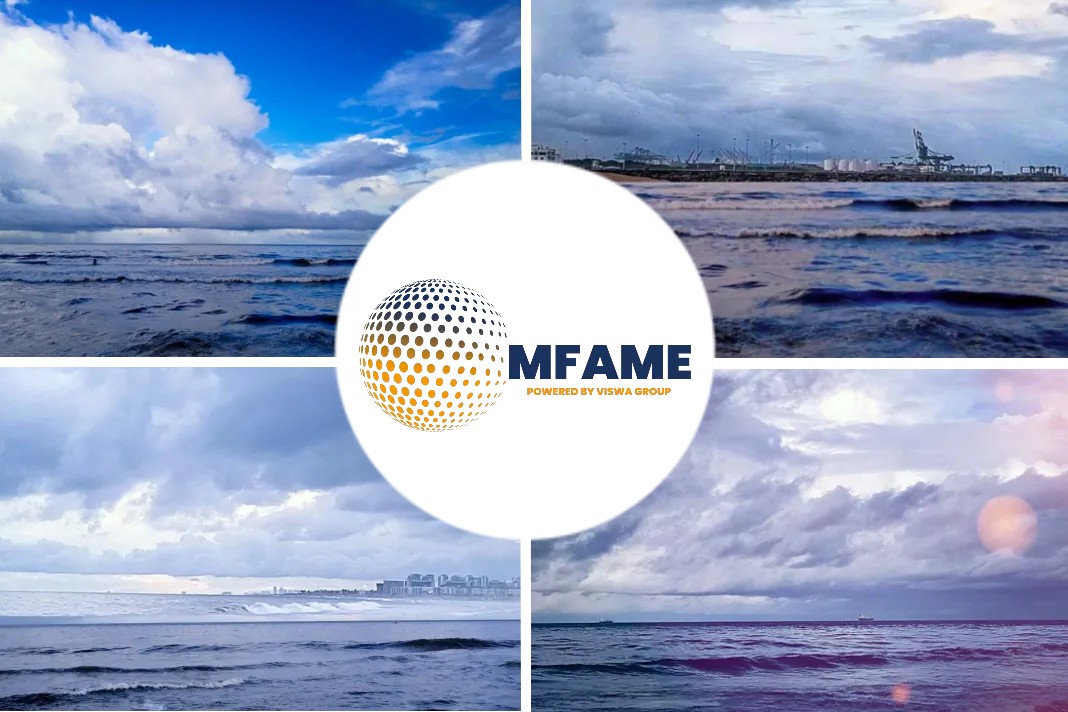According to an article published in S&P Global, Participants in the European diesel and shipping markets are divided over the economics to send ULSD to the US Atlantic Coast, with a record high HOGO spread suggesting profits could be made, though current freight indications show wavering opportunities to ship products, with only Long Range tankers showing some suitability for the trade.
Reopening Arbitrage
A number of transatlantic ULSD shipments were observed in the shipping market in the past week, showing glimpses that an arb might be re-opening for certain vessel classes. The BW Seine was heard on subjects for an ARA-US Atlantic Coast shipment, basis 60,000 mt, carrying ULSD, while the Navig8 Providence was also heard on subjects for the same run, basis 90,000 mt.
Around 220,000 mt of European-origin ULSD were set to arrive on the US Atlantic Coast in January, down from a record 730,000 mt in December, with around 60,000 mt loaded on the route so far for arrival in February in New York , data from S&P Global Platts trade flow software cFlow showed.
Economic Work
Some European diesel traders are adamant that the economics do not work, with losses of $3-$5/mt for moving a cargo due to rising freight costs in Medium Range tankers and prices to fulfil renewable fuel obligations on the US Coast.
Other traders consider the economics to be perfectly workable for a range of vessel sizes, with the spread between ICE LSGO futures and NYMEX ULSD – known as the HOGO – very strong.
Indeed, the HOGO spread was assessed at a record high 15.73 cents/gal Jan. 27, with the cold winter season prompting good demand for heating in the US and European demand suppressed by lockdowns and coronavirus mobility restrictions.
ULSD shipments on LRs
Clean tanker freight costs have risen in tandem however, as shipments from both the UK Continent and the Mediterranean to the US Atlantic Coast picked up for gasoline products, clearing out available vessels in a period when increased cargo inquiry was pushed to the shipping markets.
But LR tanker rates have experienced downward pressure due slowing cargo inquiry for eastbound naphtha shipments in the second half of the month, leading to a build up in tonnage in Western markets as shipowners held fewer options for shipments.
Freight indications for UKC-USAC shipments, basis 37,000 mt, have risen from $11.81/mt on Jan. 4 to $17.16/mt Jan. 27. Coinciding with this, indications for UKC-USAC shipments, basis 60,000 mt, fell from $15.35/mt to $11.88/mt in the same period.
As a result, a recent pick-up in trans-Atlantic ULSD inquiries prompted some to believe the arb had returned but exclusively for LR vessels. However, the arbs were considered “borderline” by one ULSD trader.
Shipowners Views
Some shipowners viewed the shipments as a consequence of European oversupply, with a particularly cold winter in the US driving demand up as a result. Others saw the cargoes as shipments from expired floating storage periods placed on LRs in the fourth quarter of 2020.
“There won’t be too many of these moving forward, this is just some oversupply being shipped off to the US,” a shipowner said.
Trading Market
Economics to send ULSD directly from the Baltic Sea region to the US Atlantic Coast were also heard to be “open on paper,” according to one trader, but with ice-class vessels currently needed to reach Baltic ports, charterers were heard to be limiting their delivery options, ruling out trans-Atlantic voyages.
With the European ULSD market suffering under the weight of oversupply, any length that can be shed by sending cargoes to the US Atlantic Coast could support prices.
“When you have a market this thin…one or two cargoes make a difference,” a trader said.
CIF NWE ULSD cargoes have been rangebound at $1-$2/mt over February ICE LSGO futures since Jan. 14, last assessed at $1.75/mt Jan. 27.
Did you subscribe to our daily newsletter?
It’s Free! Click here to Subscribe!
Source : S&P Global



















